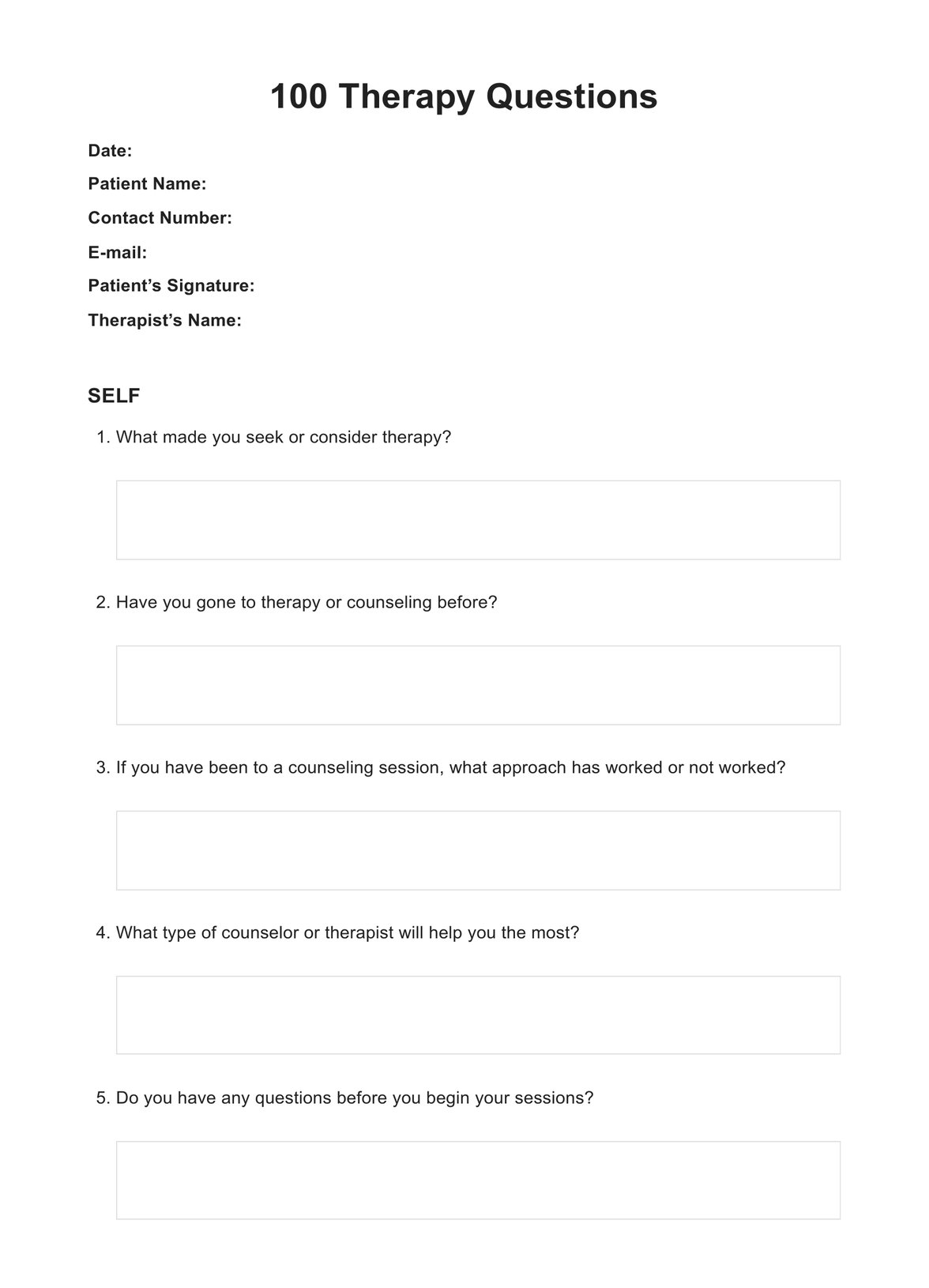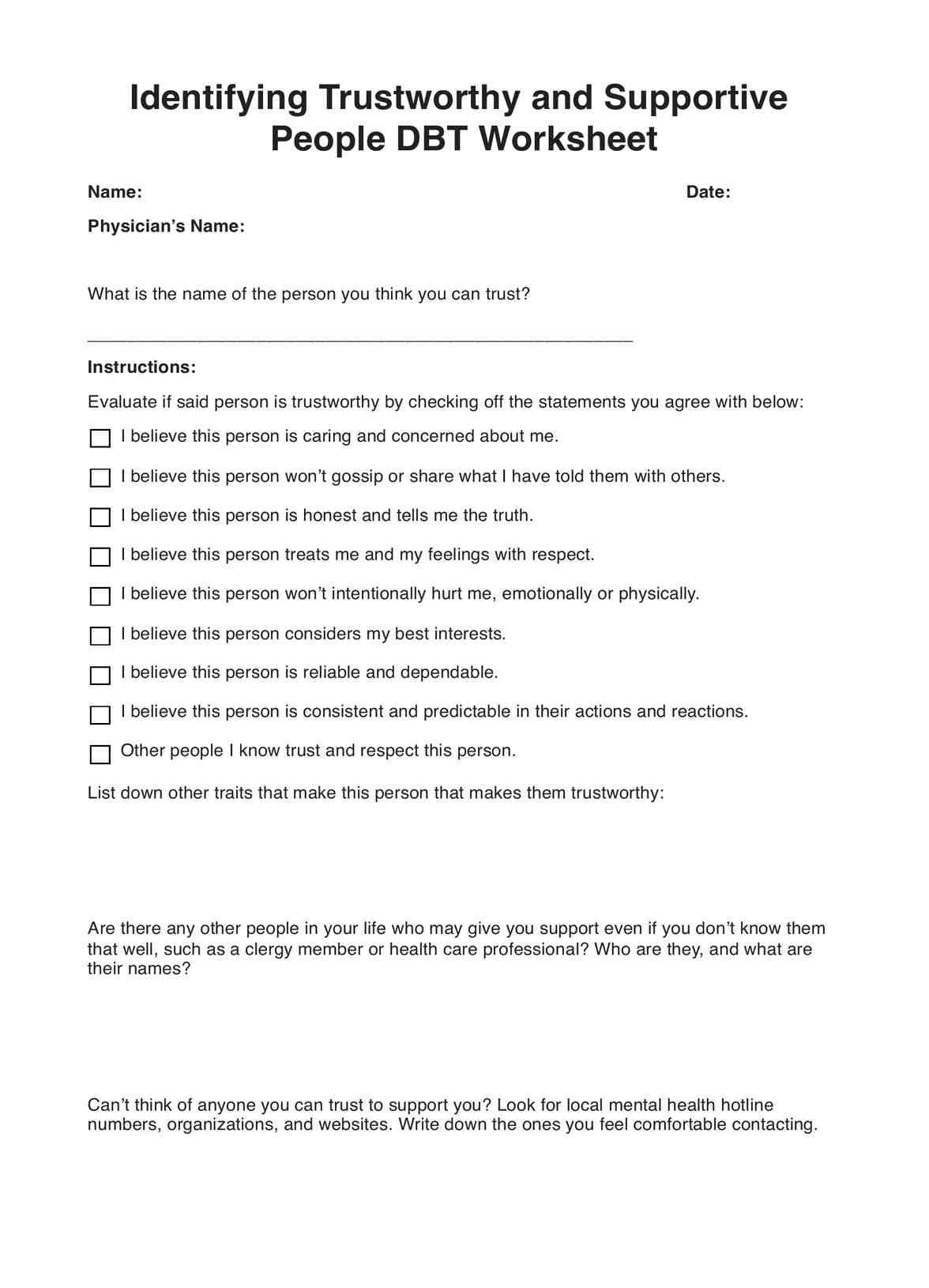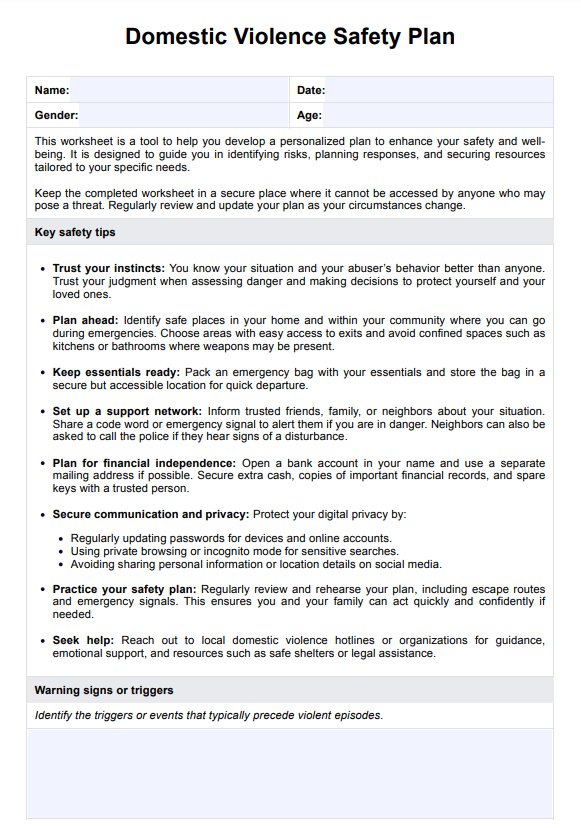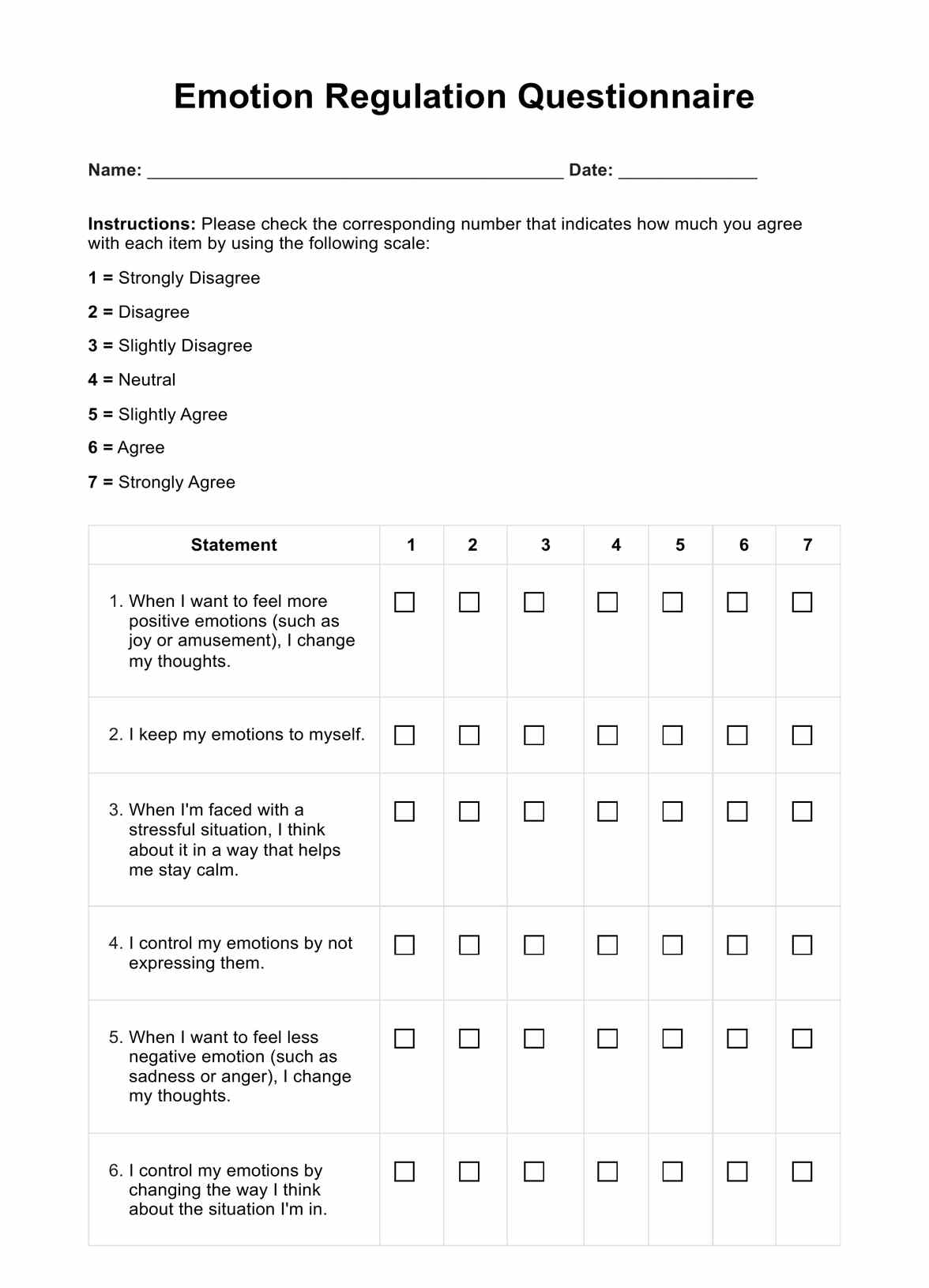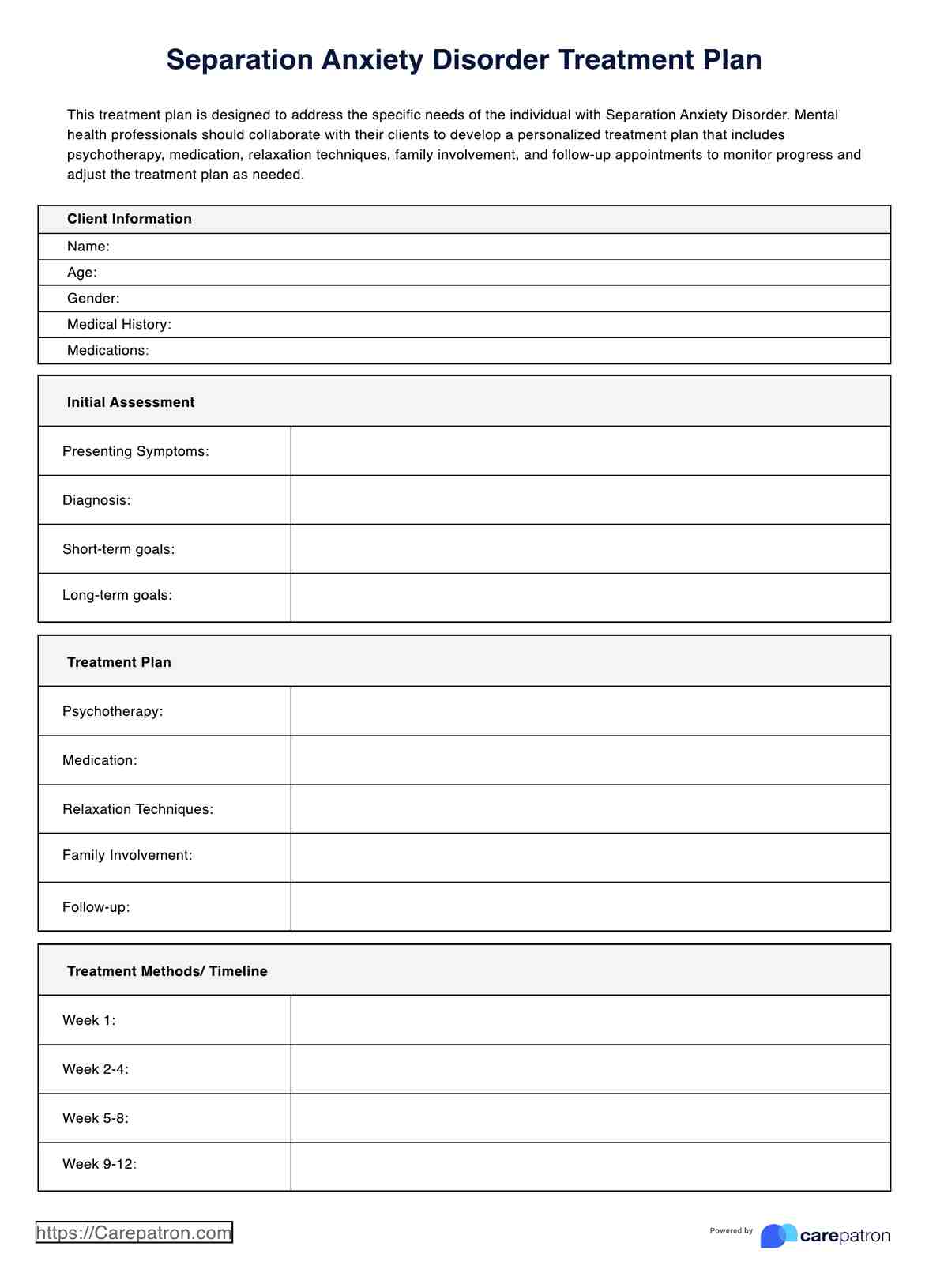List of Phobias
Explore a comprehensive List of Phobias, delving into irrational fears that affect individuals with detailed descriptions and insights into common anxieties.


What is a phobia?
Fear is a natural response when one perceives a threat. However, when it escalates, it leads to intense anxiety and avoidance behaviors, which can be overwhelming. For example, someone's fear of water may experience trembling, dizziness, and sweaty palms at the sight of a body of water. The feeling of impending doom due to a specific phobia only shows that phobias can have a tremendous impact on one's life and might interfere with how they function.
A phobia is a powerful and crippling fear of something specific, like an object, place, or situation. It goes beyond usual fears and stems from an exaggerated sense of danger. It's a type of anxiety disorder, and sometimes, you might not feel any symptoms until you encounter what you're afraid of (NHS, 2021).
Approximately 19.3 million adults, which accounts for 9.1% of the U.S. population, are impacted by specific phobias, with a higher prevalence observed among women compared to men (National Institute of Mental Health, 2020). A specific phobia is the irrational fear of something that isn't dangerous, and just thinking about it can make people feel anxious, even if they know it's not logical.
Seeing that many people, especially women, struggle with specific phobias, it's essential to talk about these fears more and make it easier for people to get help. By offering support and treatment options, those dealing with phobias can feel better and live happier lives, making the whole community better off.
List of Phobias Template
List of Phobias Example
Types of phobias
The Diagnostic and Statistical Manual of Mental Disorders (DSM-5) by the American Psychiatric Association sorts phobias into types. Knowing these helps understand what phobias are like and how to deal with them better (Substance Abuse and Mental Health Services Administration, 2016):
Animal type
Animal phobias are intense fears of specific animals, such as fear of spiders, dogs, or snakes. When encountering the feared animal, these fears can cause significant distress and avoidance behaviors. For instance, someone with arachnophobia may feel extreme anxiety and discomfort at the sight of a spider, even though the spider poses no actual danger.
Natural environment type
Natural environment phobias involve fears related to elements of nature, such as heights, storms, or water. Individuals with these phobias may experience overwhelming anxiety or panic in certain situations, such as being at a great height or during a thunderstorm. For example, someone with acrophobia may avoid tall buildings or bridges for fear of falling.
Blood injection injury type
Blood injection injury phobias are characterized by intense fear or disgust in response to blood, needles, or medical procedures. Individuals with these phobias may experience fainting, nausea, or other physical reactions when exposed to the feared stimulus. For instance, someone with trypanophobia may avoid medical appointments or vaccinations due to fear of needles. These phobias can be traumatic experience related.
Situational type
Situational type phobias involve fears related to specific situations or environments, such as flying in airplanes, elevators, or confined spaces. Individuals with these phobias may experience intense anxiety or panic attacks when faced with the feared situation. For example, someone with claustrophobia may avoid crowded elevators or small rooms for fear of being trapped.
Other types
Other types of phobias encompass various specific fears that do not fit into the previous categories. These fears may include phobias related to loud noises, pointed objects, or particular words. For example, someone with phonophobia may experience extreme fear or anxiety in response to loud noises, such as thunder or fireworks. These phobias can cause significant distress and impairment in daily functioning. They may meet the diagnostic criteria for specific phobias or other mental health conditions.
List of common phobias
Understanding phobias is essential because they can affect how we live and interact with the world. In this list we've sourced from Goodman (2023), we'll explore some of the most common phobias people face daily. By learning about these fears, we can become more aware of our feelings and find ways to cope effectively.
- Acrophobia (fear of heights): Acrophobia is an intense fear of heights, causing distress and anxiety when individuals are exposed to tall buildings, cliffs, or other elevated places.
- Agoraphobia (fear of open or crowded spaces): Agoraphobia involves a fear of open or crowded spaces, leading to avoidance behaviors and panic attacks when individuals are in situations where they feel trapped or unable to escape.
- Arachnophobia (fear of spiders): Arachnophobia is a common fear of spiders, often resulting in extreme anxiety, avoidance of areas where spiders may be present, and physical symptoms such as sweating and trembling.
- Claustrophobia (fear of confined spaces): Claustrophobia is characterized by a fear of confined spaces, such as elevators, tunnels, or small rooms, leading to panic attacks and avoidance of situations where individuals feel trapped or unable to escape.
- Glossophobia (fear of public speaking): Glossophobia is the fear of public speaking, causing individuals to experience intense anxiety, trembling, and difficulty speaking in front of others, often leading to avoidance of public speaking opportunities.
- Heliophobia (fear of sunlight): Heliophobia is the fear of sunlight, resulting in anxiety and avoidance of outdoor activities during daylight hours, sometimes due to concerns about sunburn or skin damage.
- Hemophobia (fear of blood): Hemophobia is a fear of blood, leading to extreme anxiety or fainting when exposed to blood or medical procedures involving blood.
- Ophidiophobia (fear of snakes): Ophidiophobia is the fear of snakes, causing individuals to experience intense fear, avoidance of areas where snakes may be present, and physical symptoms such as sweating and rapid heartbeat.
- Triskaidekaphobia (fear of the number 13): Triskaidekaphobia is the fear of the number 13, leading to anxiety and avoidance of situations or dates associated with the number 13, such as Friday the 13th.
- Zoophobia (fear of animals): Zoophobia is a fear of animals, causing individuals to experience anxiety, avoidance of areas where animals may be present, and physical symptoms such as sweating and trembling.
Who can benefit from this List of Phobias?
Many people can benefit from this List of Phobias to understand better and manage their fears, especially those experiencing extreme anxiety or specific phobias. Here are five groups who may find this list helpful:
- Individuals with common and rare phobias: People experiencing common fears like spiders or heights and those with rare or unusual phobias can benefit from this list to recognize their concerns and explore treatment options.
- People with mental health conditions: Those diagnosed with mental health disorders like social anxiety disorder or panic disorder may benefit from identifying their specific phobias and seeking professional help for treatment.
- Family members and friends: Family members and friends of individuals with phobias can use this list to gain insight into their loved one's fears and provide support and encouragement as they seek treatment.
- Mental health professionals: Mental health professionals, including therapists and counselors, can utilize this list to educate their clients about common and uncommon phobias, discuss treatment options, and develop tailored treatment plans to alleviate symptoms and help individuals overcome their fears.
Treatment for phobias
Treating phobias involves using different methods to help people conquer their intense fears and live better lives. Techniques like exposure therapy and cognitive-behavioral therapy are commonly used to gradually confront and manage phobias (Reddy et al., 2020). The goal is to lessen anxiety, enhance coping skills, and empower individuals to face their fears with courage.
Cognitive Behavioral Therapy (CBT)
CBT for specific phobias uses learning theories to understand how fears develop and persist, focusing on classical and instrumental conditioning and social learning. Cognitive models highlight the role of threat appraisal in phobia development. Psychological treatments for specific phobias aim to reduce fear through exposure to feared stimuli, promoting habituation and extinction of fear, and challenging negative beliefs about the threat.
Exposure Therapy
Exposure therapy involves facing feared situations without distractions or safety behaviors until fear decreases. This therapy works through habituation and extinction of the fear response. It can be done differently, such as directly facing feared situations, imagining them, or using virtual reality. Exposure therapy is the ideal treatment for phobias.
References
Goodman, L. D. (2023, July 31). The ultimate list of common phobias (A to Z). Forbes Health. https://www.forbes.com/health/mind/list-of-phobias/
National Institute of Mental Health. (2020). Specific phobia. Www.nimh.nih.gov. https://www.nimh.nih.gov/health/statistics/specific-phobia
NHS. (2021, February 15). Overview - phobias. Nhs.uk; NHS. https://www.nhs.uk/mental-health/conditions/phobias/overview/
Reddy, Y. Cj., Sudhir, P., Manjula, M., Arumugham, S., & Narayanaswamy, J. (2020). Clinical practice guidelines for cognitive-behavioral therapies in anxiety disorders and obsessive-compulsive and related disorders. Indian Journal of Psychiatry, 62(8), 230. https://doi.org/10.4103/psychiatry.indianjpsychiatry_773_19
Substance Abuse and Mental Health Services Administration. (2016, June). Table 3.11, DSM-IV to DSM-5 specific phobia comparison. Nih.gov; Substance Abuse and Mental Health Services Administration (U.S.). https://www.ncbi.nlm.nih.gov/books/NBK519704/table/ch3.t11/
Commonly asked questions
Overcoming phobias can be challenging but achievable with the proper support and treatment. Always consult with a mental health professional.
Symptoms of phobia may include intense fear, rapid heartbeat, sweating, trembling, and avoidance behaviors.
Phobias can develop from a combination of genetic, environmental, and psychological factors, such as traumatic experiences or learned behaviors.


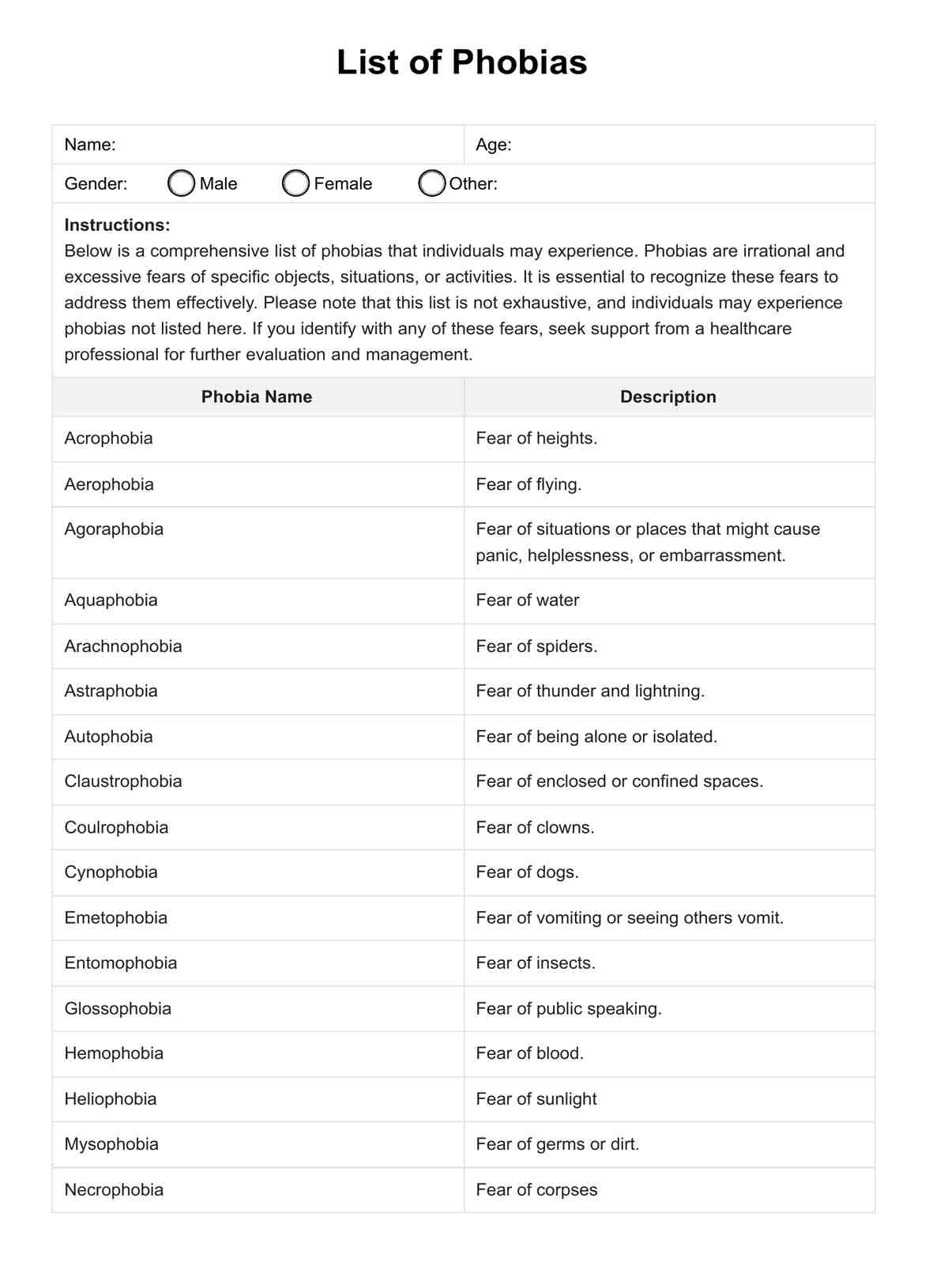
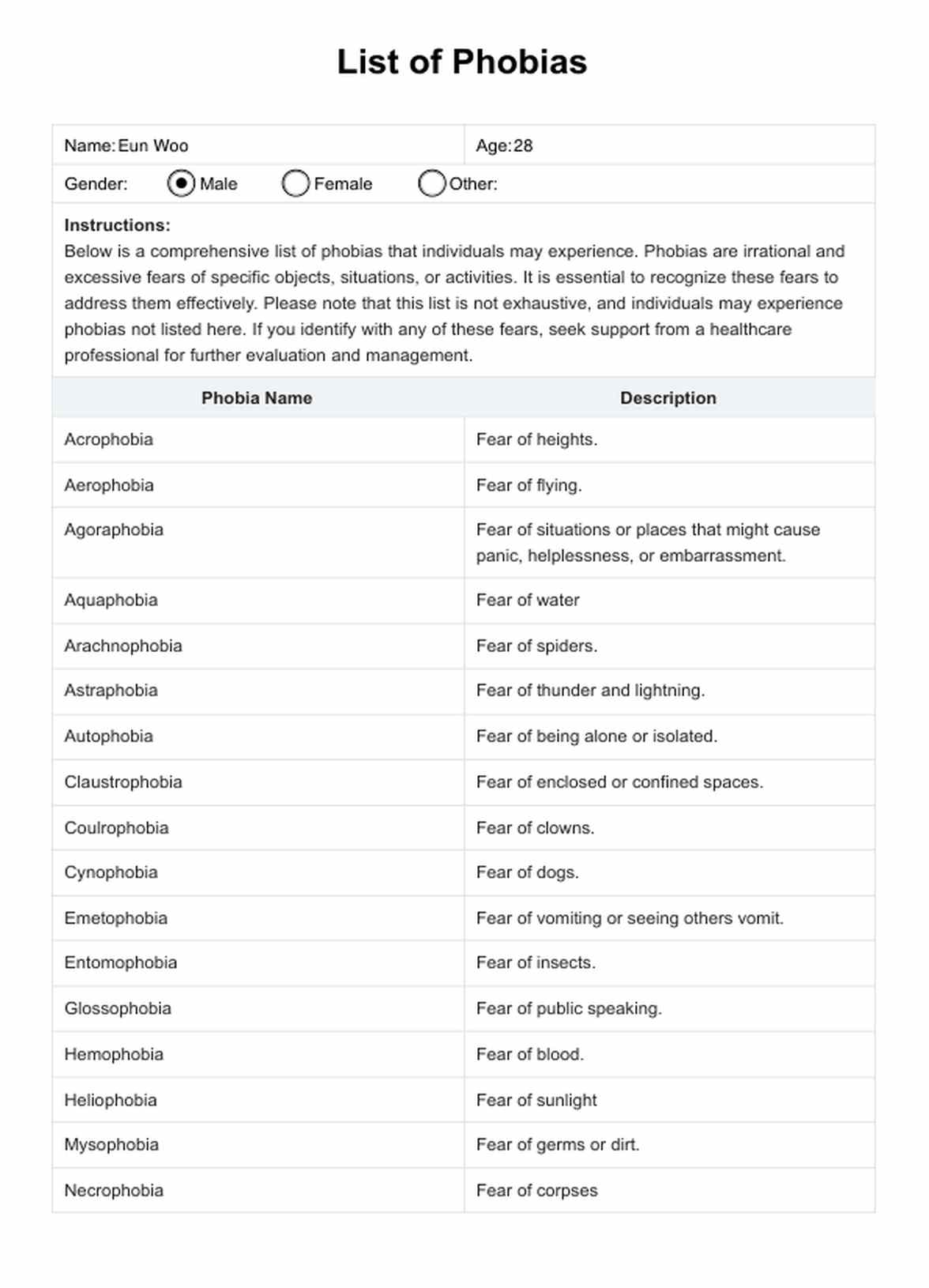

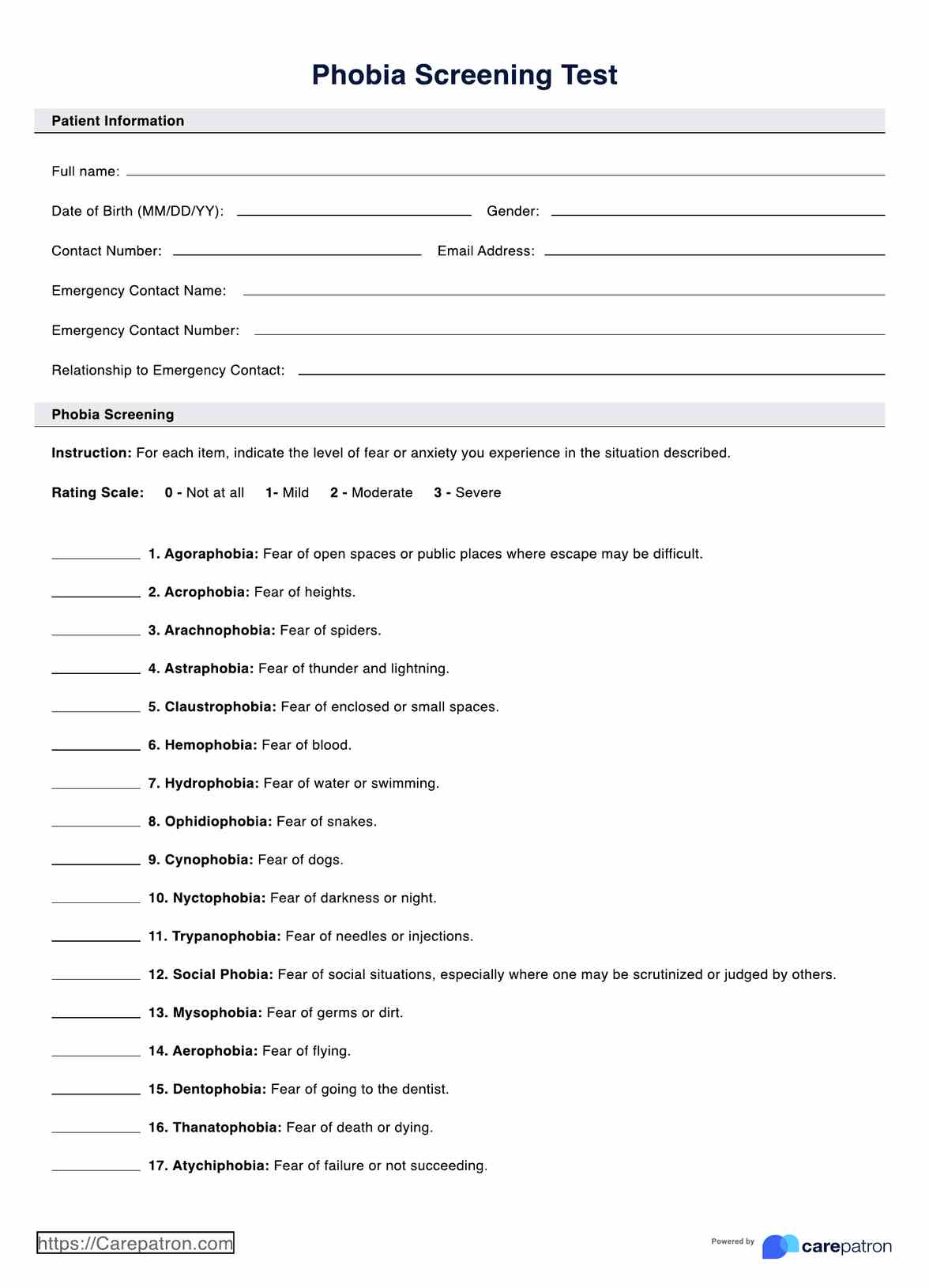
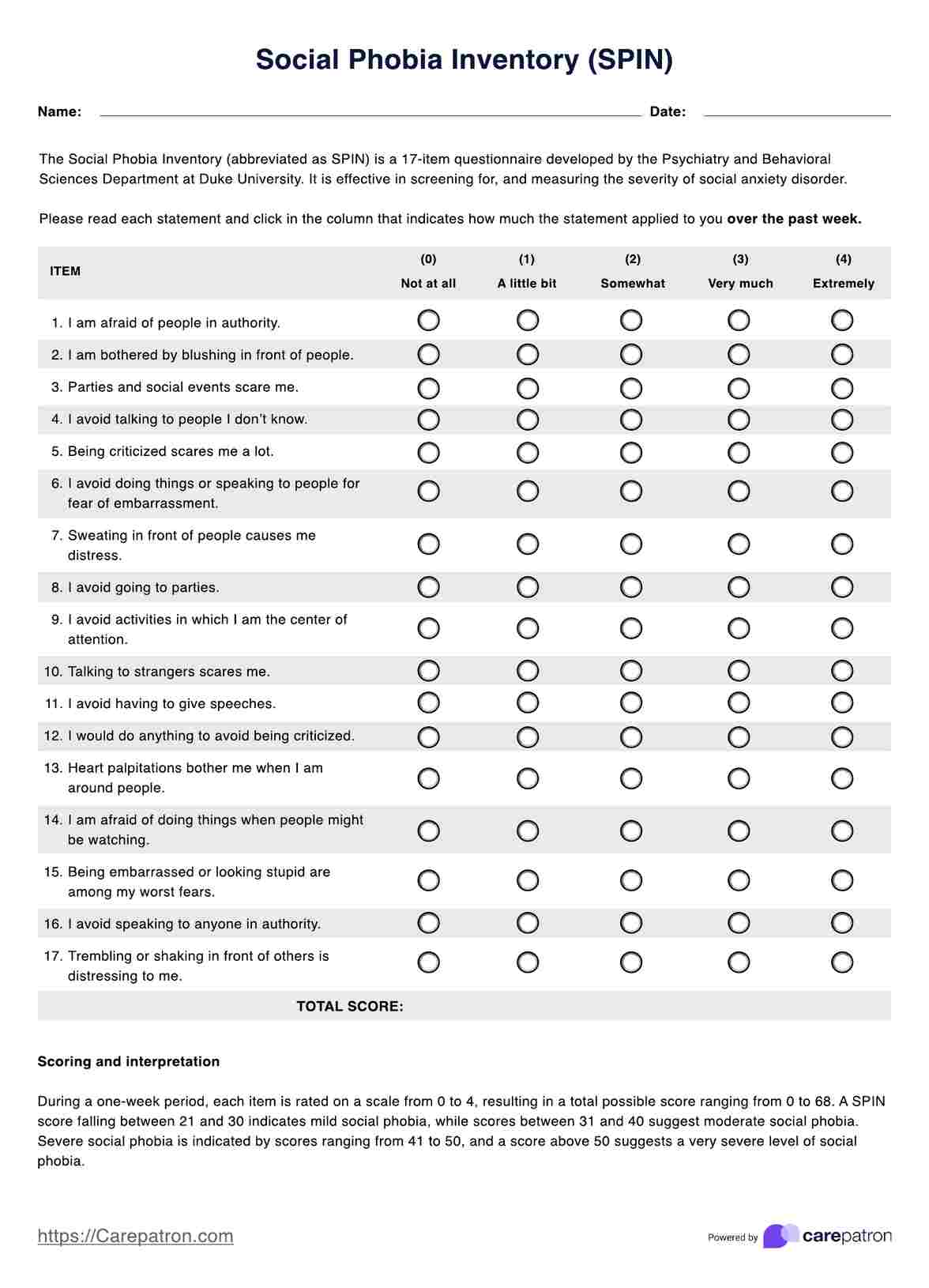















-template.jpg)




















































































